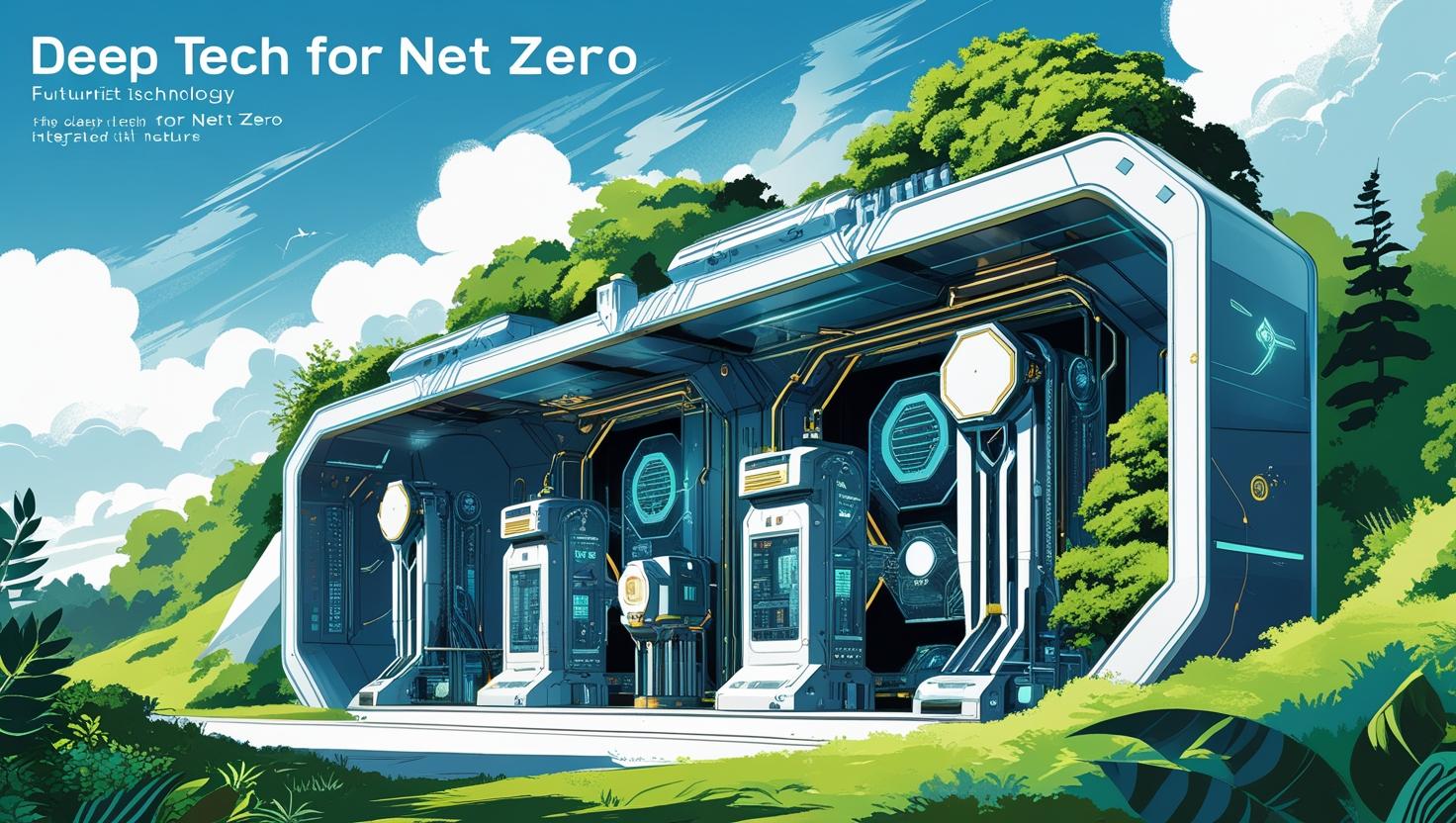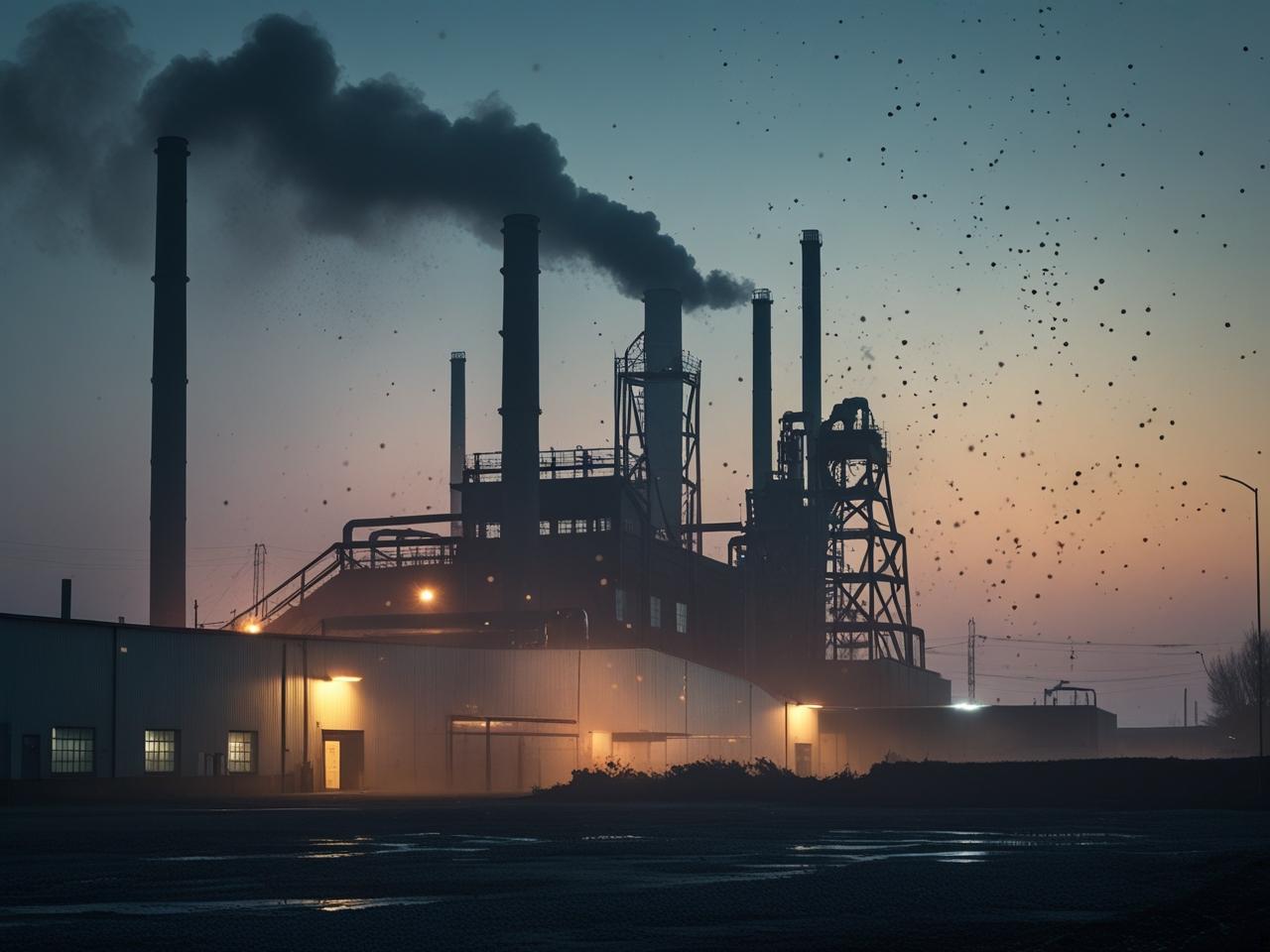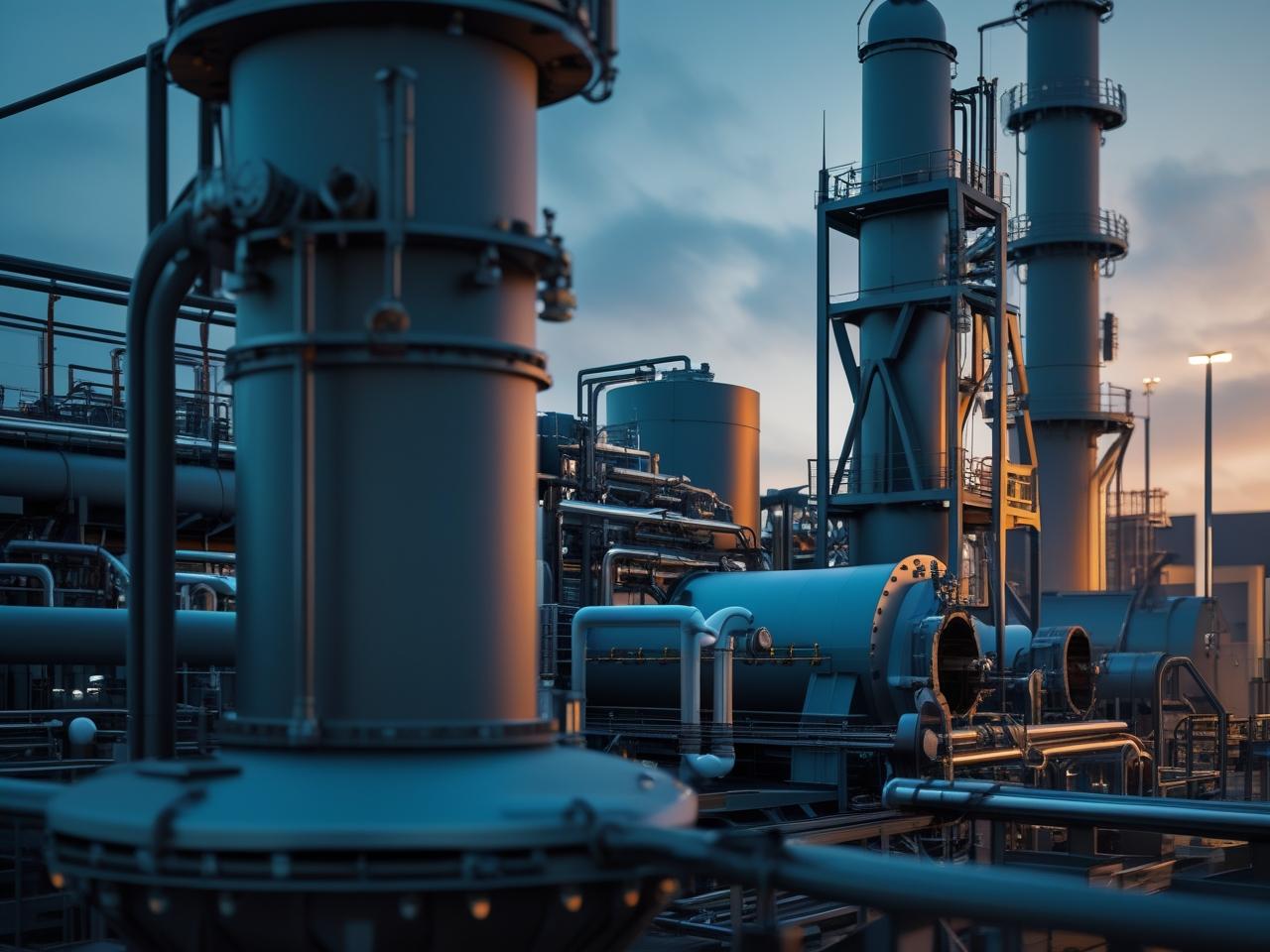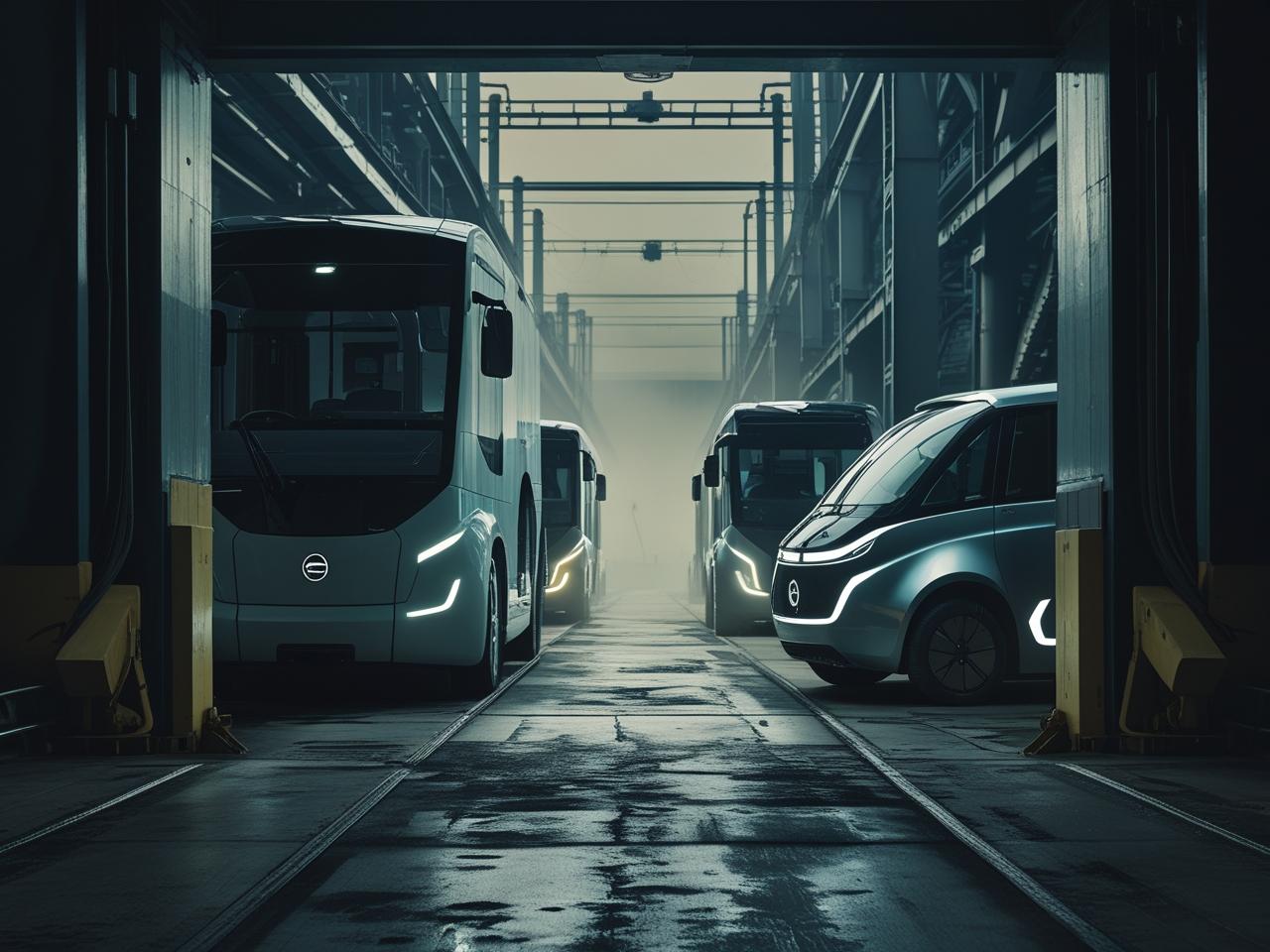Deep Tech For Net Zero @ Climafix 2025
Join us on 12th September at IIT Madras Research Park, from 10.00 AM to 01.30 PM, for an engaging session on Deep Tech for Net Zero.

Deep tech is revolutionizing the journey to Net Zero by harnessing advanced technologies – like artificial intelligence, biotech and new materials – to drive deep emission cuts and unlock sustainable growth. By integrating these breakthroughs across sectors, we can accelerate decarbonization and build resilient, future-ready economies.
Deep tech is a bold and transformative way to tackle climate change!
Why is “Deep Tech for Net Zero” impactful in today’s world?
Dedcarbonizing many hard to abate sectors require technology that’s more advanced and changes things at a more fundamental level – deep tech, for short.
In India alone, the deep tech sector now includes nearly 4,000 startups, with almost 500 added in 2023 alone. The deep tech sector has a and strong government backing through a ₹10,000 crore fund.
The number of deep tech startups for climate is growing as well. On the environmental front, deep tech solutions like carbon capture, green hydrogen, and AI are vital for addressing 85% of global CO₂ emissions from energy, with major emission cuts expected in the next decade.
The funding for deep tech startups in India rose 78% in 2024 to $1.6 billion, while global investment in clean energy deep tech jumped from $1.9 billion in 2019 to $11.6 billion in 2023.
With such rapid growth and a crucial role in climate action, focusing on deep tech for net zero is more important than ever. CLIMAFIX 25 has a dedicated half day program focussed on high impact deep tech avenues for decarbonization.
| Speakers | Organization |
|---|---|
| Satya Chakravarthy | ePlane.ai |
| Gayathri Kuppendra Reddy | Now Venture Studio |
| Mirik Gogri | Spectrum Impact |
| Ashok Jhunjhunwala | IITM RP |
| Shaji John | Ohmium |
| Hiren Vedam | Ashwatta.earth |
Sub Topics & Sub Elements For Sessions
| Subtopics | Sub elements of the Subtopics |
|---|---|
| Solutions for Hard-to-Abate Industries |
|
| Carbon Capture and Utilization (CCU) |
|
| Advanced Materials for Sustainability |
|
| Electrification of Heat and Heavy Vehicles |
|
| Deep Tech for Energy Storage |
|
Solutions for Hard-to-Abate Industries:
| Subtopics | Description |
|---|---|
| Low carbon avenues for steel & aluminium sectors | Involve breakthrough technologies and process innovations to reduce emissions in two of the world’s most energy-intensive industries. For steel, key pathways include hydrogen-based direct reduced iron (DRI), electric arc furnace (EAF) steelmaking with renewable electricity, and carbon capture, utilization, and storage (CCUS), enabling up to 95% CO₂ reduction compared to traditional blast furnace routes. For aluminium, advances include inert anode technology eliminating process CO₂ emissions, green hydrogen for alumina refining, and high-purity recycled aluminium, all supported by sector-wide collaborations and digitalization. |
| Reducing combustion emissions from cement industry | Achieved through alternative fuels, clinker substitution, and next-generation low-carbon cements. Innovations include co-processing biomass, waste-derived fuels, and tires in kilns, use of supplementary cementitious materials like calcined clay and recycled cement, and integration of carbon capture and utilization (CCU) or storage (CCS) technologies. These approaches can deliver up to 70% reduction in process and combustion emissions without compromising product quality or scalability. |
| Green hydrogen and ammonia as decarbonization agents | Leverage renewable electricity to produce zero-carbon hydrogen (via electrolysis) and synthesize ammonia for use as fuel, feedstock, and energy carrier. Green hydrogen replaces fossil-based reductants in steel, ammonia, and chemical production, while green ammonia enables carbon-free fertilizer, shipping fuel, and seasonal energy storage. Innovations include modular electrolysis, autothermal reforming for higher CO₂ capture, and distributed ammonia synthesis, accelerating adoption across hard-to-abate sectors. |
| Emerging low carbon pathways for hard-to-abate industrial processes | Combine electrification, CCUS, green hydrogen, advanced recycling, and material efficiency to address sectors where direct emissions are difficult to eliminate (e.g., steel, cement, chemicals, aviation, shipping). Innovations span electrochemical process substitution, BECCS (bioenergy with carbon capture and storage), inert anodes, and digitalization for energy optimization, with industrial clusters and hubs facilitating shared infrastructure and rapid technology scaling. |
Carbon Capture and Utilization (CCU):
| Subtopics | Description |
|---|---|
| Innovations in the conventional carbon capture approaches | The development of advanced materials such as metal-organic frameworks (MOFs) and graphene oxide, which dramatically increase CO₂ adsorption capacity, selectivity, and stability, as well as the deployment of direct air capture (DAC) systems and AI-driven material discovery for optimized performance. These breakthroughs enable capture rates up to 99%, reduce energy consumption by 17%, and lower operational costs, making large-scale carbon capture more feasible and cost-effective. |
| CO₂ capture from industrial flue gases | Uses modular, post-combustion systems—most commonly amine-based technologies—to extract CO₂ from combustion exhausts in sectors like power, cement, and waste-to-energy. Recent innovations include compact, scalable capture units delivering >99.99% CO₂ purity, flexible deployment across a range of plant sizes, and integration with liquefaction systems for on-site production of gaseous or liquid (bio)CO₂, supporting both emissions reduction and valorization in industrial applications. |
| Emerging approaches in CO₂ capture such as CO₂ mineralization | Emerging approaches in CO₂ capture such as CO₂ mineralization utilize geochemical reactions to convert CO₂ into stable carbonate minerals in subsurface formations like basalt, offering rapid, permanent storage with reduced monitoring needs and expanded geographic applicability. Commercial-scale projects such as CarbFix in Iceland and Wallula in the US demonstrate the feasibility of this approach, with ongoing research into seawater-based dissolution and enhanced weathering to further scale and optimize mineralization pathways. |
| Conversion of CO₂ into fuels and chemicals | Leverages advanced electrochemical, catalytic, and biochemical processes to transform captured CO₂ into value-added products, closing the carbon loop and enabling negative emissions. Innovations include high-efficiency electrochemical reduction of CO₂ to formate or methanol using renewable electricity, integrated capture-conversion systems achieving >90% conversion rates, and scalable processes for producing synthetic fuels, polymers, and commodity chemicals directly from CO₂ feedstocks. |
Advanced Materials for Sustainability:
| Subtopics | Description |
|---|---|
| Sustainable, low-carbon cement alternatives | Use novel binders and supplementary materials to reduce the high CO₂ emissions of traditional Portland cement. Prominent examples include geopolymer cements, calcined clay-limestone blends (LC3), and alkali-activated materials, which can cut embodied carbon by up to 70% and enable utilization of industrial byproducts. |
| Lightweight, high-performance materials | Combine advanced composites, foamed concretes, and engineered polymers to deliver structural strength with reduced weight, improving energy efficiency and lowering transportation emissions. Prominent examples include carbon fiber-reinforced polymers, aerogels, and lightweight aggregate concretes used in aerospace, automotive, and high-rise construction. |
| Materials for building energy efficiency based on nanotech and other emerging technologies | Leverage nanomaterials, phase change materials, and smart coatings to enhance insulation, light management, and thermal regulation in buildings. Prominent examples include aerogel-based superinsulation, nanostructured low-emissivity window coatings, and phase change drywall for passive temperature control. |
| Bio-based and circular polymers | High-performance plastics and elastomers derived from renewable biomass or recycled biopolymer streams, designed for closed-loop material cycles and reduced fossil dependence. Prominent examples include polylactic acid (PLA), bio-based polyamides, and biocircular polyethylene, with innovations in chemo-enzymatic recycling, smart functionalization, and integration of agricultural or food waste as feedstock. |
Electrification of Heat and Heavy Vehicles:
| Subtopics | Description |
|---|---|
| Electrifying medium & high-temperature process heating technologies | Replaces fossil-fueled boilers and furnaces with electric solutions such as resistive, induction, microwave, and plasma heating, enabling precise temperature control and integration with renewable electricity. Prominent examples include electric arc furnaces for steelmaking, high-temperature industrial heat pumps, and direct electric kilns for ceramics and glass, which can double efficiency and eliminate combustion emissions. |
| Battery electric and hydrogen-based heavy-duty transport solutions | Deploy high-energy-density batteries and fuel cells to decarbonize freight, construction, and off-highway vehicles where electrification was previously unfeasible. Prominent examples include long-range battery-electric trucks, hydrogen fuel cell-powered buses, and electric forklifts, with innovations in fast charging, modular battery packs, and green hydrogen fueling infrastructure accelerating adoption. |
| Electrification of auxiliary industrial operations | Involves replacing engine-driven or fossil-fueled subsystems—such as pumps, compressors, HVAC, and hydraulic systems—with electric motors and inverters, improving efficiency, reducing emissions, and enabling smart, modular control. Prominent examples include auxiliary inverters for heavy vehicles, electric-driven hydraulic pumps in construction equipment, and modular, scalable inverter systems for multi-auxiliary configurations in industrial fleets and machinery. |
Deep Tech for Energy Storage:
| Subtopics | Description |
|---|---|
| Emerging battery chemistries for scaling energy storage | Encompass alternatives to lithium-ion such as sodium-ion, zinc, magnesium, lithium-sulfur, and iron-air batteries, each offering advantages in cost, safety, and resource abundance. Innovations include stabilized sulfur cathodes in lithium-sulfur batteries for higher energy density, sodium-ion systems with improved electrode and electrolyte compatibility, and scalable flow and metal-air batteries for grid applications. These chemistries promise longer cycle life, enhanced safety, and lower costs, but require further demonstration for commercial scale-up. |
| High-temperature thermal energy storage | Leverages advanced phase change materials (PCMs) and thermochemical systems capable of storing and releasing heat at temperatures exceeding 600°C, supporting efficient conversion to electricity and industrial process heat. Innovations include silicon-boron-based PCMs with ultra-high melting points, thermochemical storage using earth-abundant materials for hydrogen release and recapture, and hybrid thermionic-photovoltaic converters for direct heat-to-power conversion. These systems enable long-duration, high-density storage critical for concentrated solar power and grid stability. |
| Long duration energy storage | Designed to store energy for periods ranging from several hours to days, ensuring grid reliability and renewable integration during supply fluctuations. Innovations include pumped hydro, compressed air, flow batteries, hydrogen storage, and gravity-based systems, as well as advanced batteries like metal-air and solid-state chemistries. LDES technologies provide consistent power output, balance renewable intermittency, and support decarbonization of power systems, though challenges remain in cost, siting, and scalability. |
| Metal-air batteries | Utilize a metal anode and an air cathode to achieve ultra-high theoretical energy densities—up to 30 times greater than lithium-ion—by leveraging oxygen from the environment as a reactant. Innovations focus on optimizing electrode materials, electrolyte formulations, and air cathode catalysts to improve cycle life and efficiency. Metal-air batteries are considered eco-friendly, low-cost, and scalable for grid and mobility applications, with prominent types including zinc-air, lithium-air, and aluminum-air systems. |
Climafix’s Contributions in the Sector
“Innovation that solves real-industry challenges with a structure designed to fast-track pilots, partnerships, and investments.”
Climafix ‘25, through 3 years of successful events, plans to focus on Industrial Innovations this time. With exclusive expert sessions, deep-dive panel discussions and startup pitches all discuss the current landscape and trends — this is the place you want to be if you want to learn about DEEP TECH FOR NET ZERO.
Join the Movement!
- 700+ Delegates
- 100+ Speakers
- 100+ Investors


Solution for hard-to-abate industries

Carbon capture and utilization

Advanced materials for sustainability

Electrification of heat and heavy vehicles

Deep tech for energy storage

